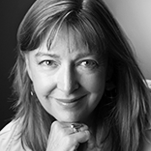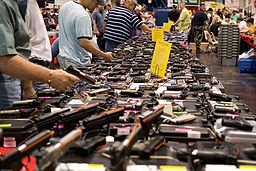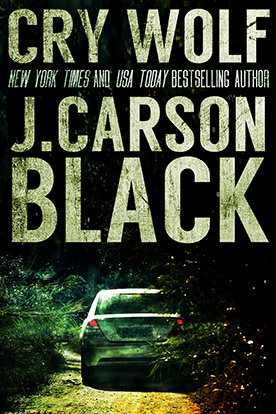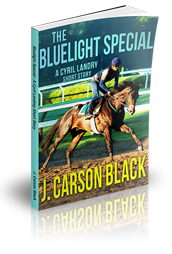
Back in Michelangelo’s day, artists were apprenticed to the masters. They spent years copying the paintings of the great artists.
By doing so, they learned. They learned where to put which kind of detail, they learned color, brushstrokes, composition, perspective. They absorbed it all by doing—until it came naturally. They developed a sure hand.
The best teachers are the finest writers in your genre—the ones who resonate with you. In my case, they are bestselling thriller authors. You can learn from them for the price of a hardcover or even a paperback book. The only other thing you need is a pen.

I would buy the hardcover books of the great authors in my genre—the four or five I could relate to, and then I would dissect their books, looking for the signposts of their craft, and marking up the pages of their print editions. I didn’t want to sound like any one of them, I just wanted to learn what they did and how they did it. What I learned was the rhythm of the type of book I most wanted to write.
A book covers a lot of ground. There’s a beginning, a middle, and an end, with many other points in between. You read and study enough great writers in your genre, and you start to catch on to that rhythm: what goes where, when. You absorb it so that it comes naturally. And you learn to give little gifts to your reader along the way.
My teachers have been numerous. Michael Connelly, Jeffery Deaver, Robert Crais, James W. Hall, T. Jefferson Parker, Stephen King, John Lescroart, and C.J. Box. All different from one another, but great teachers, and all bestselling thriller authors.

My advice to you: buy the books written by the masters in your genre. Get out your pen, write in the margins (sorry, Mom!), and figure out what they’re doing and why. When I was preparing to write The Shop, I knew I really had to step up my game, and I leaned on these masters to glean what I could to hone my craft.
Teach yourself. Learn from the very best, and who knows? You could join the ranks of bestselling thriller authors.
It only costs the price of a book and a pen.
Categories: Writing












